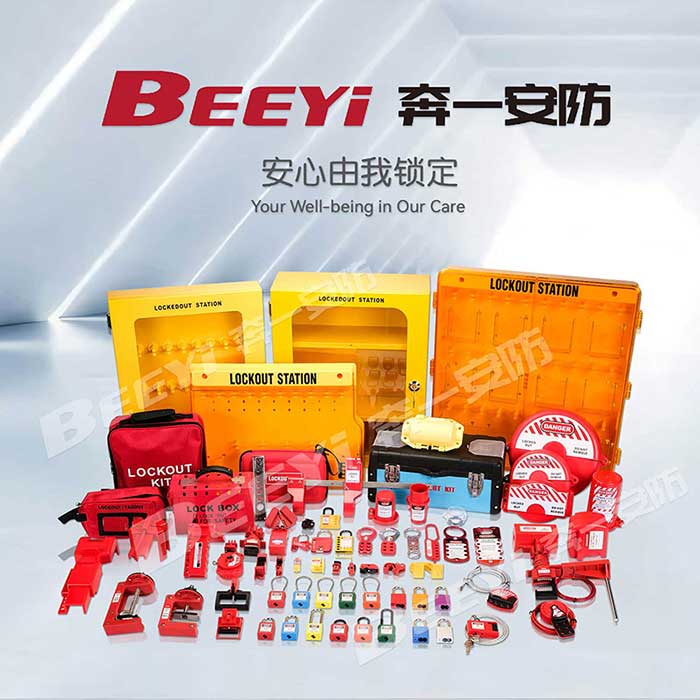In industrial environments, safety is paramount. One of the key components of ensuring the safety of workers during maintenance or repair work is the use of lockout/tagout (LOTO) devices. Among these devices, lockout hasps play a crucial role. These simple yet effective tools are designed to secure energy-isolating devices, preventing the accidental release of hazardous energy during servicing. However, what happens when these lockout hasps are produced under a private label? This article delves into the concept of Lockout Hasps private label, exploring its significance, benefits, and what it means for businesses and workers alike.

What are Lockout Hasps? Lockout hasps are mechanical devices that allow multiple locks to be applied to an energy-isolating device, such as a circuit breaker, valve, or switch, to ensure that equipment remains in a safe state during maintenance or repair work. These hasps typically consist of a sturdy metal ring with a locking mechanism that accommodates several padlocks. When a worker engages in maintenance or repairs, they can lock the hasp, and other workers can apply their own locks to prevent anyone from accidentally activating the equipment while the work is ongoing. Lockout hasps are integral to the lockout/tagout (LOTO) procedure, a widely adopted safety practice required by occupational safety regulations, such as OSHA standards in the United States. These devices are part of a broader toolkit designed to mitigate the risks associated with energy release, including electrical, mechanical, hydraulic, and thermal hazards.